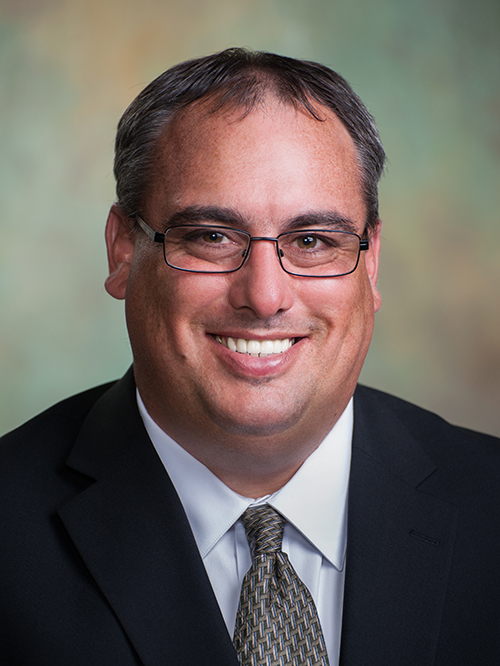By Mike McHugh
Given the state of today’s aviation industry, it’s hard not to get excited about sharing aviation with young people in hopes of inspiring them to join our aviation workforce. It seems like the demand for pilots, mechanics, UAS operators, etc. just continues to rise, with no sign of slowing down in the future.

For most of my professional career, I have been employed in aviation education. This causes me to regularly reflect on best practices and what is most effective. Often educational outreach events have quantity OR quality. I have seen events in which there are hundreds or thousands of kids and events with just a few. I’ve been a part of events designed to get students interested in careers in aviation and others designed to provide education on the skills of being a pilot, mechanic, etc. So, what works? What is the “best” way to provide aviation education?
Recently I visited with the organizers of KidVenture while at OshKosh. I am amazed at how well this event is run. With thousands of young people coming through, it would be easy to fall into the trap of “there are lots of kids, if we do something, we are bound to get a few interested.” This could not be further from the truth for KidVenture. There is planning, nearly year-round, for this one event. There is coordination of needed supplies, labor to man the stations, gathering sponsorships, and lots more! When taking a minute to stand back and watch kids leaving Kidventure, they all have a look of excitement and inspiration in their eyes. True, not all will become mechanics, or pilots, or even go into the industry, but guaranteed they had a memorable time. So what makes the event so well run? My non-scientific research has driven me to one conclusion; this event makes connections with students, both physically and mentally, now and in the future.
The connections: when a child enters a station at this event, they are either working one-on-one with an instructor, or in a small group of no more than a few other students. With the small group sizes, they are engaged mentally with the activity for the entire time they are there. Next, they are connected physically, as each station has a HANDS-ON activity. They are physically doing something at each station. Examples include, flight planning, pre-flight, air traffic control simulation, turning wrenches on an engine and building a wing rib out of wood. Finally, just being at AirVenture is an immersive experience in which these students are connecting with aviation in the now“… but are they in the future? At many of the stations at KidVenture, students get something to take home, and in most cases, they created it! Something to hang on the wall and reflect on in the future. This continues the learning process long after the event.
So, what makes a good educational event? Connections! An event that connects with students physically and mentally and gives them a way to re-connect with the event in the future is one of the most effective ways to provide an education.
Although this takes lots of time and effort in the planning process, the more connections that our young people have to our industry, the less we will have to worry about a shortage of labor in the future. We may never know the impact of any one event for young people, but the more connections we make, I can guarantee, the less we will have to worry about attracting talent in the future.
Mike McHugh is the Education Coordinator for the ND Aeronautics Commission.



